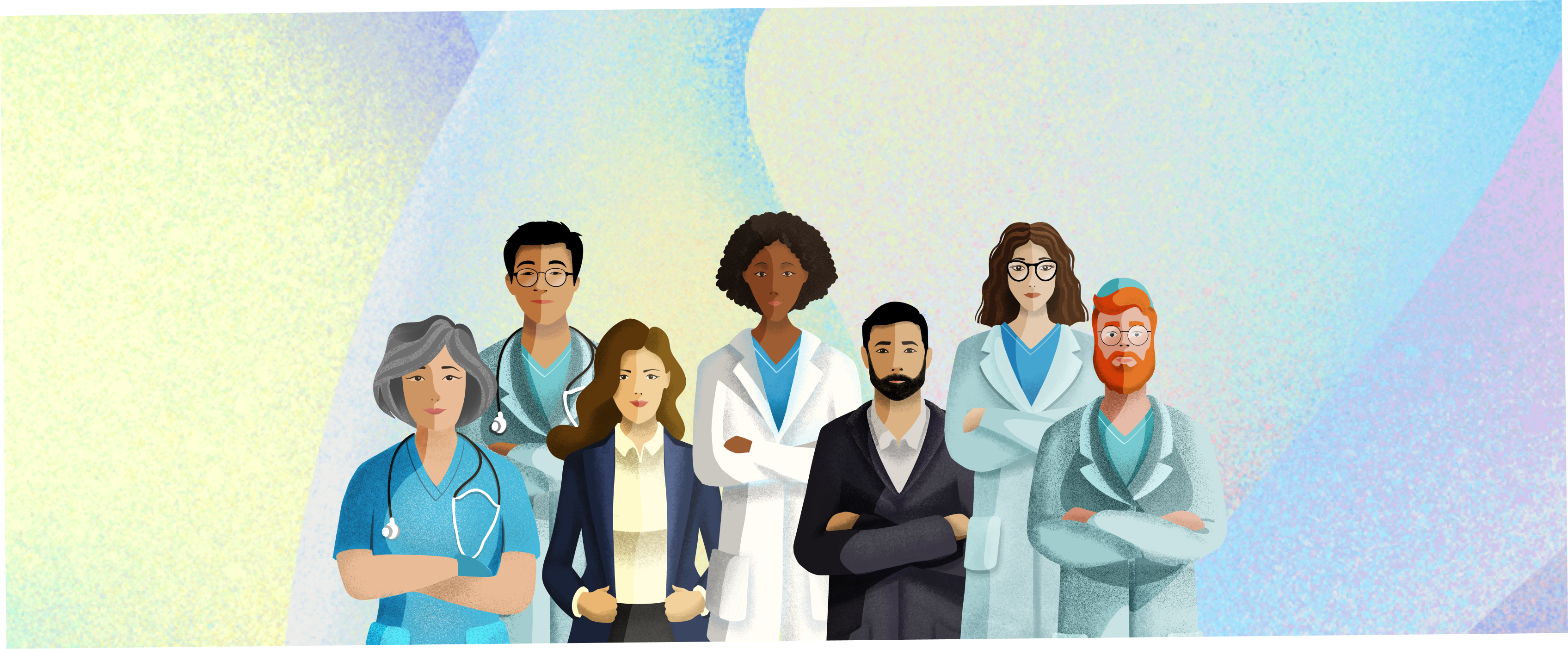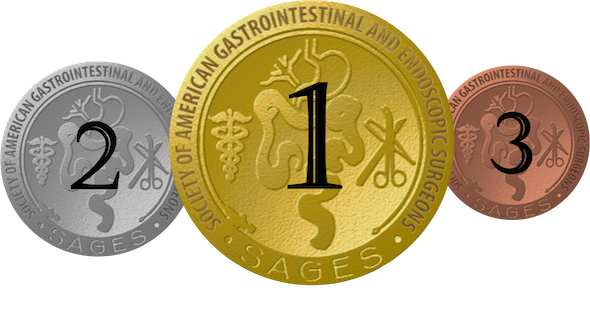In today’s world, where you live determines if you live. Not just in Africa or rural India, but in the U.S. — even in metropolitan areas like New York City. The New York Times summed up the status quo a few years ago: “Go to the wrong hospital and you’re three times more likely to die.” 1 Despite the many advances in the world of surgery, variability and disparity are still the unacceptable reality.
Hitting Close to Home
In 2015, I was living in New York City and within the span of a few months, I diagnosed both my wife and my former boss with appendicitis. I took each to a different hospital in the city, and although they were a mere seven miles from each other, the approaches to their treatment and care seemed worlds apart. Poor decision making led to avoidable complications, near-death experiences, and a prolonged hospital stay for my boss. Whereas in my wife’s case, we were home, after surgery, in under 12 hours. Both underwent a relatively simple, routine procedure at two excellent medical centers, yet they experienced very different outcomes.
Unfortunately, this isn’t an isolated phenomenon. For example, in the U.S., Black children are more likely to die after surgery compared to their white counterparts.2 I couldn’t stop thinking: How do we leverage technology to tackle this? How do we level the playing field, augment surgeon performance, and improve patient care?
It All Starts in the Past
Since the beginning, surgery has been taught and learned under an apprenticeship model. It’s embedded deep within our culture as physicians. So much so that the Hippocratic oath includes the following:
“…To hold him who taught me this art equally dear to me as my parents, to be a partner in life with him, and to fulfill his needs when required; to look upon his offspring as equals to my own siblings, and to teach them this art, if they shall wish to learn it, without fee or contract; and that by the set rules, lectures, and every other mode of instruction, I will impart a knowledge of the art to my own sons, and those of my teachers…”
It’s a double-edged sword: Along with the beauty embodied in the oath are the inherent limitations of learning from a select few in a specific geography, in a subjective, sometimes data-less environment. There is an excellent understanding of outcomes in surgery — but almost no understanding of the process (look for more on this in future posts).
Links to the Present
Lebron James is one of the best basketball players of all time. Athletically gifted and talented, he has excelled primarily because he constantly ingests analyses, statistics, videos, and insights. He continuously fine tunes how he and his teammates perform, even mid game.
And like elite athletes, surgeons train for decades to perfect their craft. They are literally at the cutting edge of medical care and directly impact people’s lives. But the brutal realities of their demanding profession do not allow for routine, deliberate practice. So improvement relies on subjective feedback with no quantitative, objective tools to help them level up.
We must identify and disseminate surgical best practices. And while technology can help, it’s only an enabler. We need a culture change that starts with routinely capturing intraoperative video (look for more on this in future posts as well). Only once we capture can we measure. And only then can we analyze and improve.
The Future-facing Solution Surgeons — and Patients — Need Today
Theator has embarked on a journey to shed light on what happens in the operating room. Our mission is to identify and disseminate surgical best practices. And we do this by automatically capturing and structuring surgical video data and connecting the dots along the patient journey.
So what constitutes surgical best practices?
A patient needs to receive the “right” intervention by the “right” surgeon. But it’s more than that. The ideal operation is performed efficiently, proficiently, safely, and with low cost. We’ve begun to identify the key moments in surgery and link them to patient characteristics and outcomes — both clinical and financial. And for the first time, we can leverage insights derived from surgical videos and operative processes to improve care.
This is Surgical Intelligence
I’m humbled to lead an inspiring team of mission-driven, super-talented professionals focused on reimagining surgery to save millions of lives worldwide. And I’m excited to say — we’re just getting started. There’s so much more to come.













